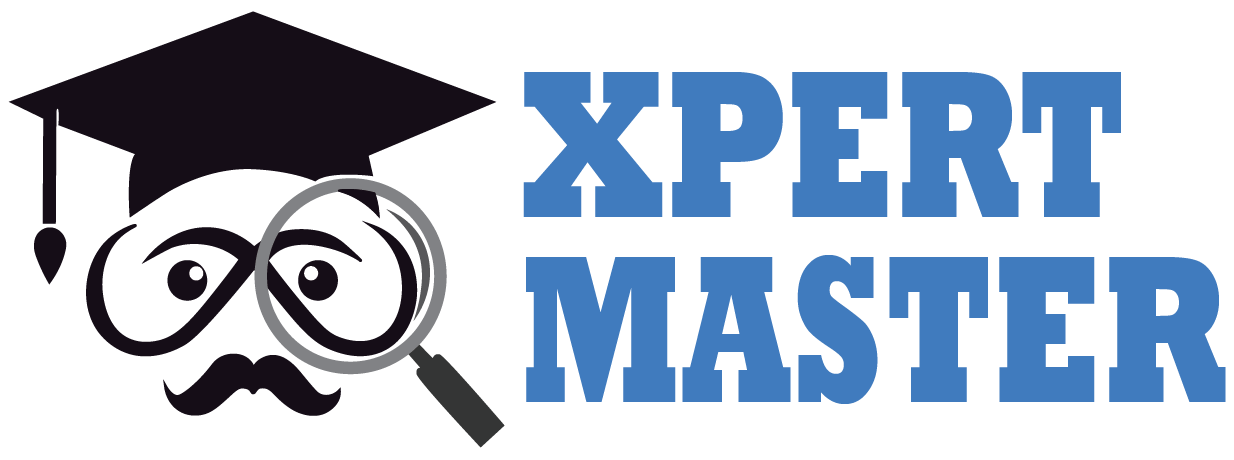How Proper Citation Can Safeguard Your Work from Plagiarism
Can Citation Help Reduce Plagiarism?
Citation plays a critical role in preventing plagiarism by ensuring that writers give proper credit to the original sources of ideas and information. When done correctly, citation helps readers trace the origins of the content and distinguishes between the author’s own ideas and those borrowed from others. By clearly acknowledging the source, citations provide transparency and reduce the chances of misusing someone else’s work, whether intentionally or unintentionally.
However, citation alone is not a foolproof method to avoid plagiarism. Writers must also paraphrase and summarize content accurately, and use quotation marks when directly quoting from a source. Without these precautions, even a properly cited text could still fall into plagiarism if the original meaning or phrasing is not handled with care.
How to Cite Correctly?
To effectively use citations, it’s important to be familiar with the different citation styles relevant to your field, such as APA, MLA, or Chicago. Each style has its own rules for formatting in-text citations and reference lists. It’s also vital to understand how to quote sources accurately, with the right punctuation, and how to paraphrase or summarize in a way that genuinely reflects your own understanding of the material.
Organizing your research is another essential step. Keep track of all the sources you consult, even if they don’t end up in the final work. Using citation management tools like Zotero or EndNote can help streamline this process. These tools can store and organize your references, making it easier to format your citations correctly when you’re ready to write.
Paraphrasing and Summarizing Effectively
While citation ensures credit is given, proper paraphrasing and summarizing are just as important. Paraphrasing involves restating someone else’s ideas in your own words, without altering the meaning. Avoid simply replacing a few words or rearranging sentences. Summarizing condenses the main ideas of a source into a brief form but still requires proper attribution. Both methods show that you’ve engaged with the material and are offering your interpretation, rather than just copying.
Plagiarism Detection Tools
In addition to these best practices, there are various tools designed to help detect plagiarism. Plagiarism detection software can identify if sections of a document are too similar to other published works. While these tools are useful, they are not infallible. They cannot catch all types of plagiarism, such as subtle paraphrasing or ideas that are too closely mirrored without citation.
Conclusion
In the end, citations are a crucial tool in the fight against plagiarism, helping writers maintain academic integrity by giving appropriate credit to sources. But it’s not just about the citation itself—effective paraphrasing, accurate summarizing, and using proper quotation techniques are equally important. When these strategies are combined with plagiarism detection tools, writers can ensure that their work remains original and ethically sound, avoiding the serious consequences of plagiarism.
How Much Turnitin Plagiarism Is Accepted for Publishing a Book?
Introduction:
When it comes to publishing a […]
How to Submit Your Thesis Without Plagiarism: Our Turnitin Report Service in India
Introduction
Writing a thesis is one of […]
Why Turnitin Plagiarism Check is Essential for International Research Collaboration
Introduction
International research collaborations are becoming increasingly […]
How to Improve Your Turnitin Report Score for Research Papers in India
Introduction
For students and researchers in India, […]
The Role of Turnitin in Academic Research and Publication in India
Introduction
Academic research and publication are central […]
Is Your Thesis Plagiarism-Free? How Turnitin Reports Can Help Indian Students
Introduction
Writing a thesis is a monumental […]


